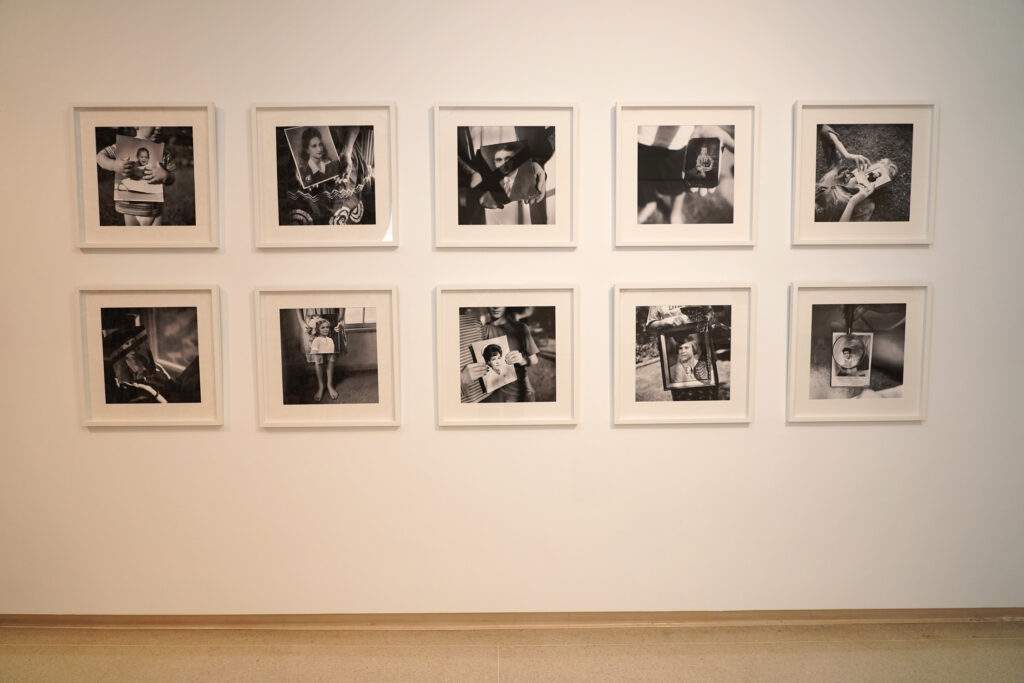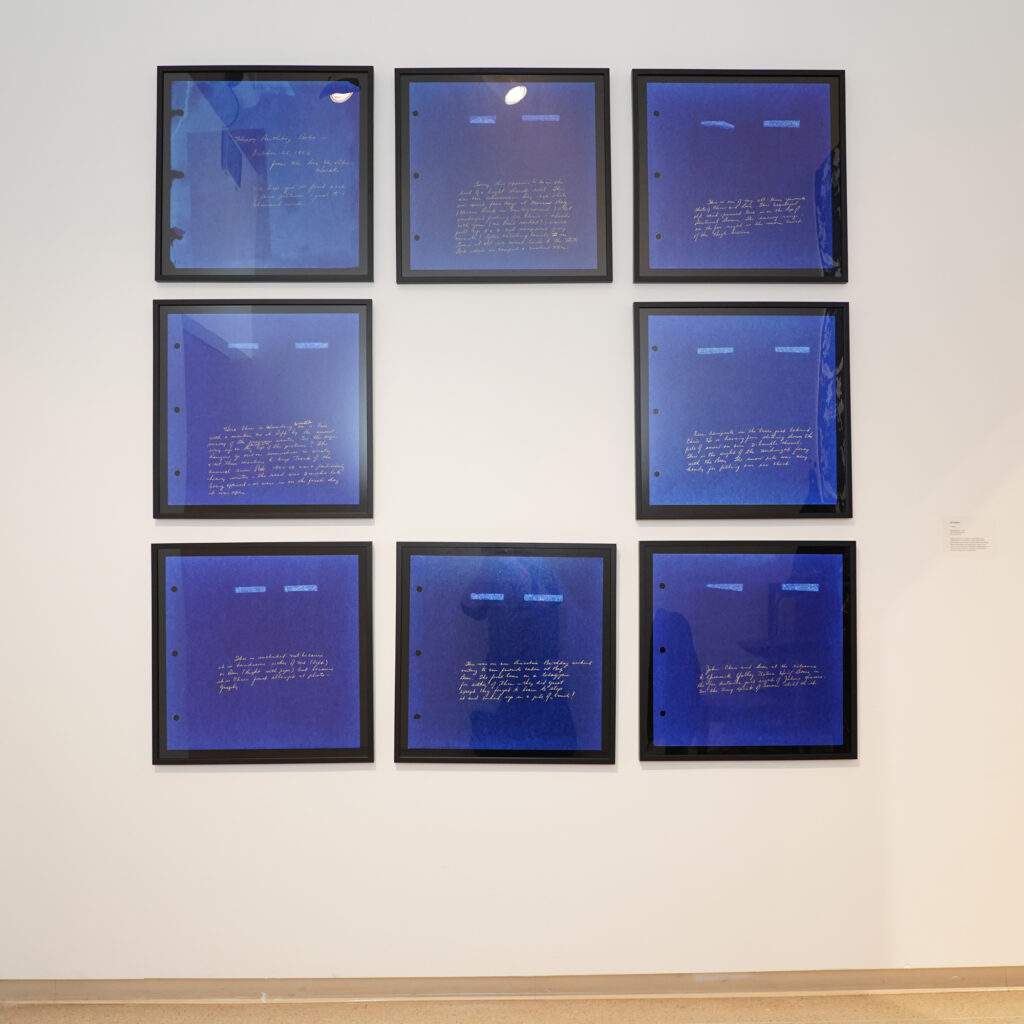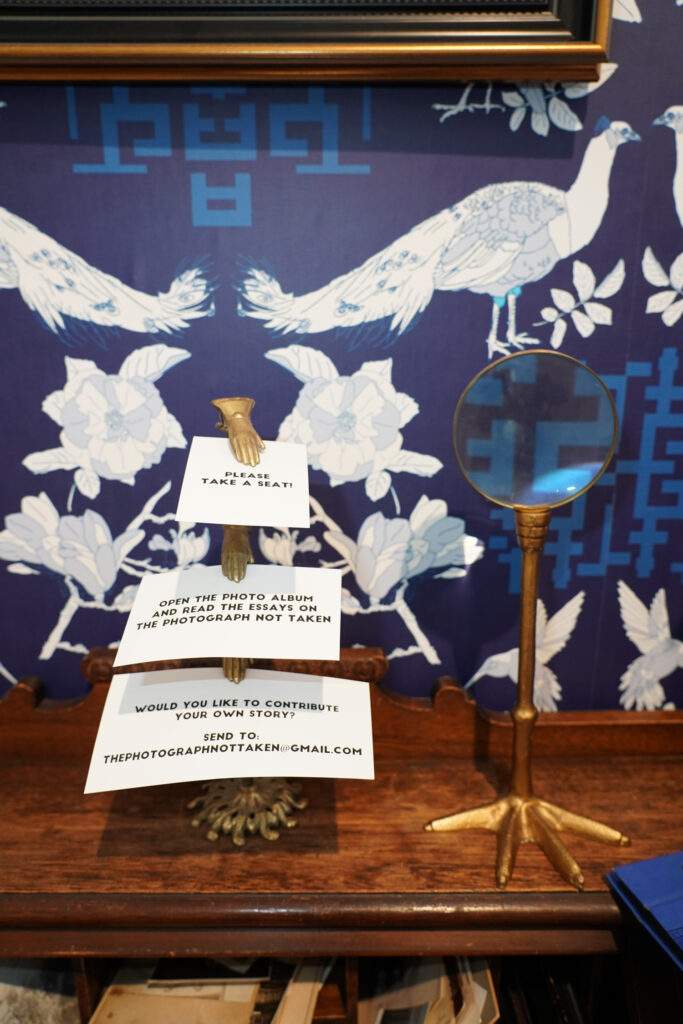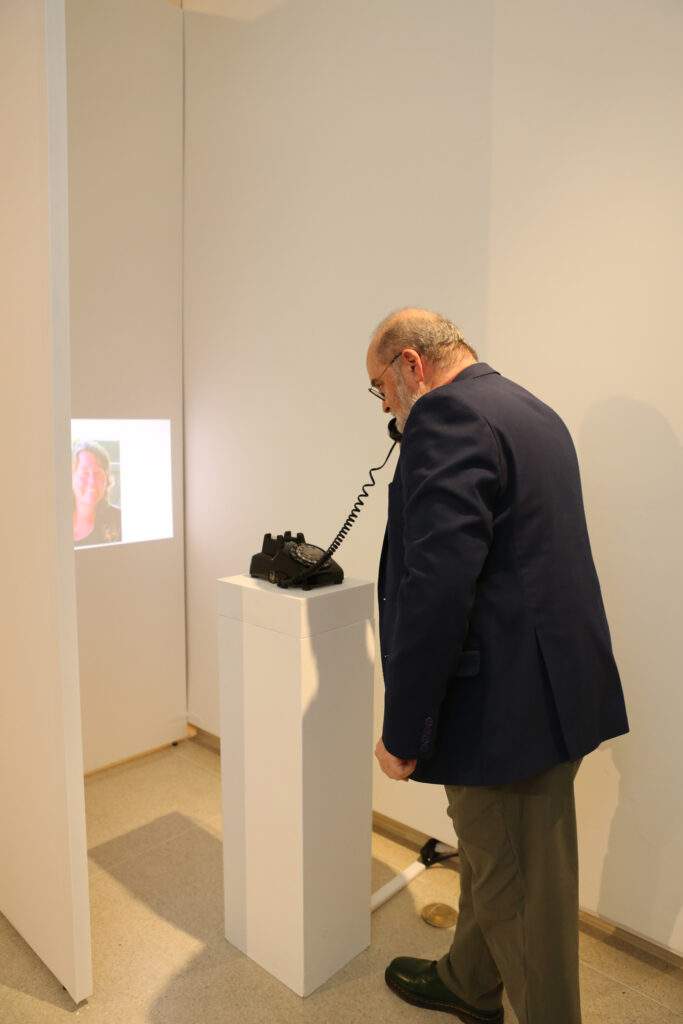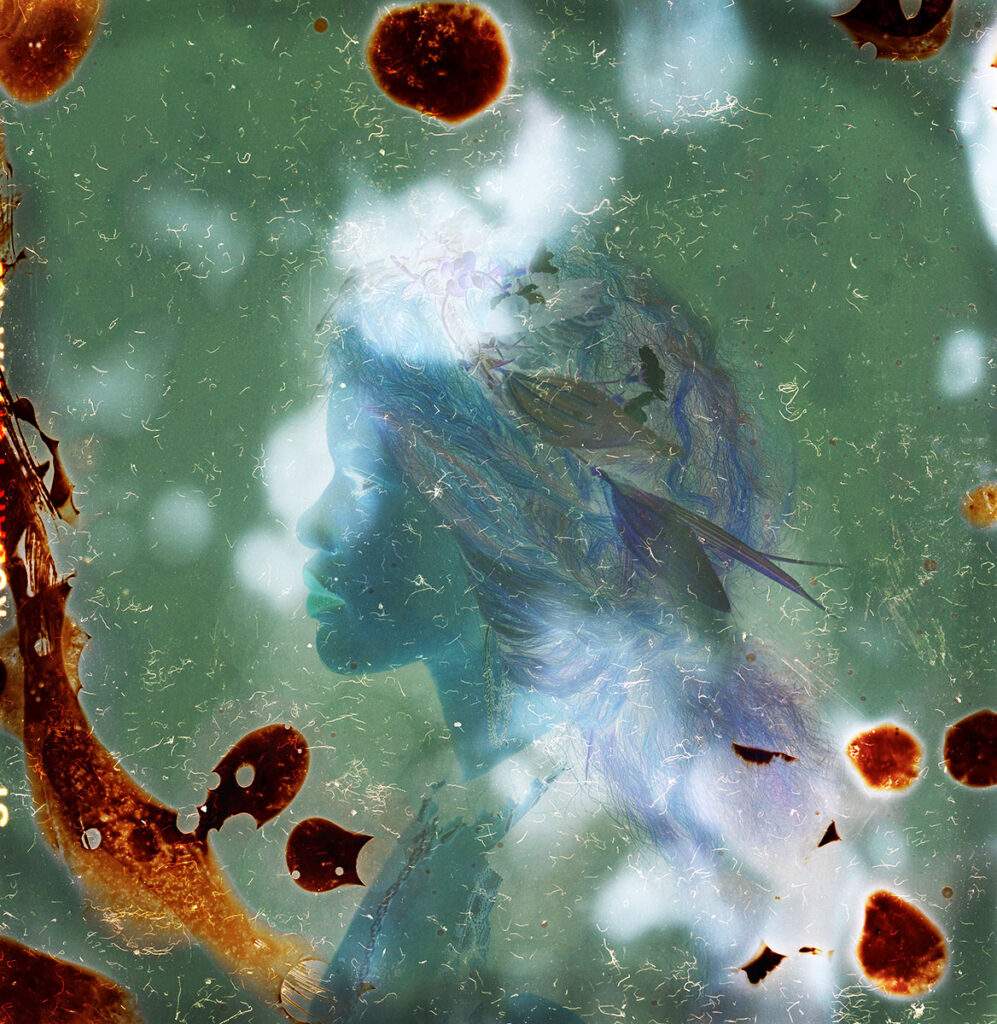
PROJECT STATEMENT
The Ephemeral Archive
Neuroscientist and author David Eagleman has famously written that we all die three deaths: when the body ceases to function, when the body is consigned to the grave, and “that moment, sometime in the future, when your name is spoken for the last time.” Bill Shapiro, a former editor in chief of LIFE magazine, adds a fourth, “the moment the last remaining picture of you is seen for the final time.” As he puts it, “Photographs not only remind me of this delicate thing we run both toward and away from — time — but they also hold something else. The humbling, steadying truth that, one day, that’s all we’ll be: a photo.”
It is a universal truth that we abandon, only to learn that what we abandoned has value. Memories are more important as time inevitably slips silently and swiftly away.
For the past several decades, I have been considering how photographs move through time—as conveyers of memory, history, and being. Photography has always been an ever-changing medium, morphing and shifting with new technologies, but the digital revolution has had a profound impact on our ability to not only print images, but also to access images. The “corruption,” the literal de-composition of digital files is its own kind of fugue state—a loss of “consciousness” with wide-ranging implications and effects: the erasure of histories, writ large, and those quieter histories, of the self, of family.
The Ephemeral Archive exhibition is an expansive and conceptual exploration of the power that family photographs hold and the alarming potential of losing our visual legacies to platforms that corrupt and lose whole histories of being. The decline of physical photo albums and the impermanence of digital formats underscore the need for deliberate efforts to preserve our family histories.
For this exhibition, I have acquired dozens of photo albums and thousands of photographs that are now untethered from their families. One of the most significant consequences of the ephemeral archive is the potential loss of historical context. Physical photo albums often include handwritten notes, dates, and anecdotes, which provide invaluable context for the images they contain. In contrast, digital photos, scattered across various devices and platforms, may lack this context. As memories fade and individuals move on, the meaning behind these images can be lost. The stories that once accompanied family photos may be forgotten, leaving future generations with incomplete narratives or archives lost to apathy, technology, or time.
Thank you to the Los Angeles Center of Photography and Executive Director/Curator Rotem Rozental for supporting this effort. Thank you also to Eric Joseph, Glenn Friedman, and to my family for their support. Finally thank you to all the artists and collectors who have shared images with me from their personal archives.
BIOGRAPHY
Aline Smithson is an interdisciplinary artist, editor, and educator. She has exhibited widely including exhibitions at national and international institutions and her work has been featured in major publications. Smithson is the Founder of Lenscratch, a daily journal on photography. In 2016, the Smithsonian Air and Space Museum commissioned Smithson to create work for the Faces of Our Planet Exhibition. In 2018 and 2019, her work was exhibited in the National Portrait Gallery in London as part of the Taylor Wessing Prize. The Magenta Foundation published her retrospective monograph, Self & Others: Portrait as Autobiography, Kris Graves Projects published her book, LOST II: Los Angeles. Peanut Press released her monograph, Fugue State, in Fall of 2021. Her books are in the collections of the Getty Museum, the National Portrait Gallery, London, the Metropolitan Museum, the Guggenheim, the Museum of Modern Art, among others. In 2022, she was named a Hasselblad Heroine.
CONTACT
Photos by Melanie Chapman

